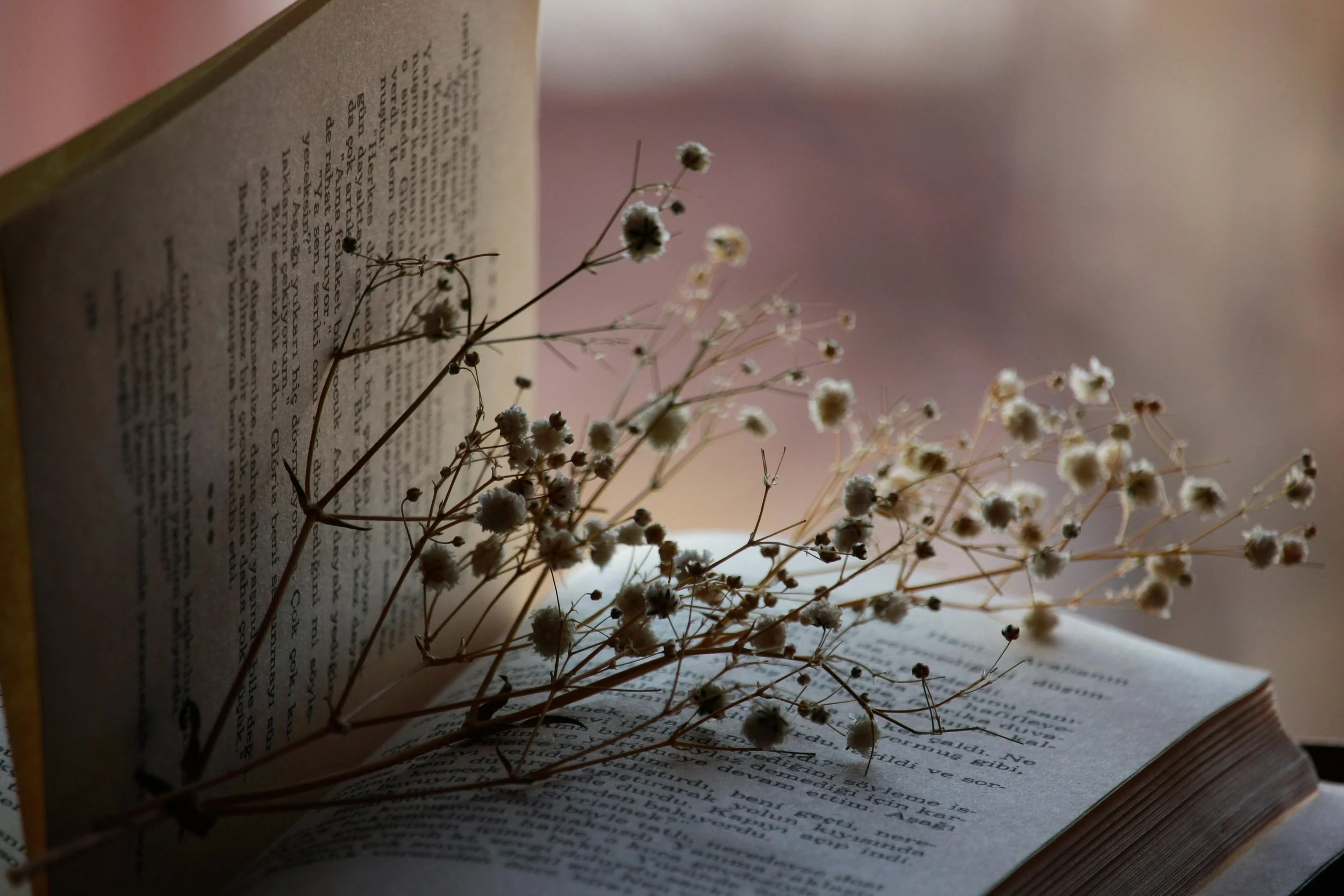Visiting India, the Motherland
Faith, Food, and Creating Interfaith Community
One of the best ways to generate community with young people is food. Food is a must! It not only provides an excuse for multitudes of people to come together but can create a strong bond, stronger than we imagine. Centuries of tradition and craftsmanship have gone into the creation of humankind’s many foods, and they can bring peace to one’s mind and stomach. A delicious meal, from whatever community, can also be a great conversation starter. In America, if you have Murgh Makhani (an Indian chicken curry dish) with Naan (bread), or Saag (collard greens) with rice, people can ask about the origins of the dishes and the role food plays in a community.





